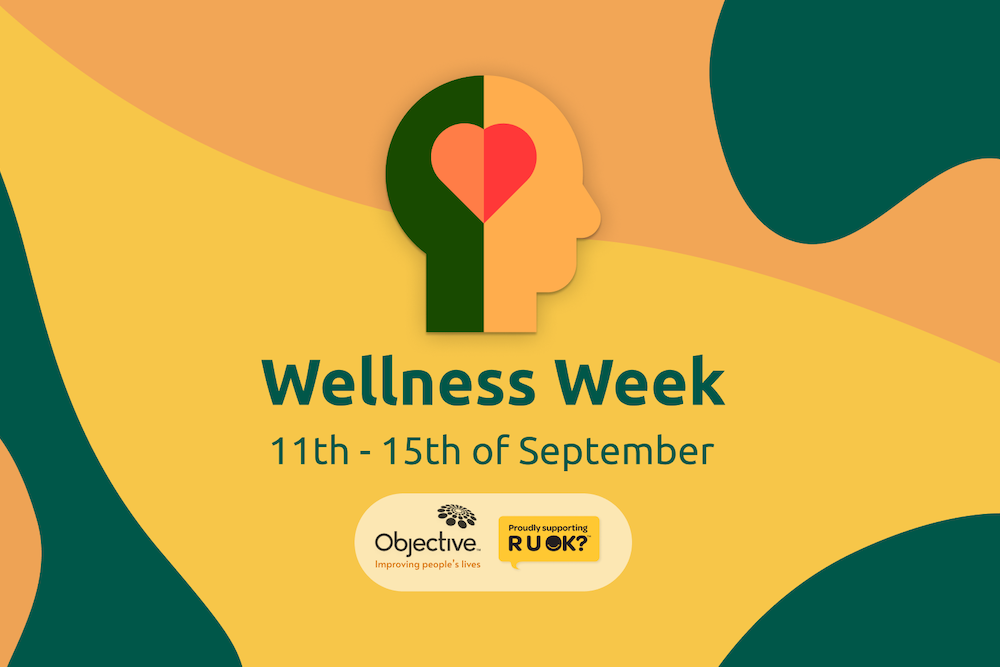Interactions, and the design of interactions, are part of our human experience. It goes beyond digital, beyond screens, beyond touching glass and receiving that which we seek – interactions are all around us.
Through voice, through emotions, through communications that are spoken or written or unconscious, “interaction design” is a process that we are either consciously defining and shaping through design, or simply a player within it.
At Objective Experience, our acknowledgment through our research and human definition of what “interaction” is to our users helps shape and mould an ideal experience that creates “interactions” that guides and assists and works with people, not against them to create barriers or difficulty to interact, belong or achieve.
Interaction Design is for all people, of all needs, of all cultures, of all abilities. By understanding the discipline of how people interact with the world around them, and understanding their individual and bespoke needs of interaction requirements, we can design better products.
Through research, we learn and empathise that their desire for interactions may not be obvious. They may be unconscious, or unspoken. Through design, we can ensure we create a better future and ways of interacting with the world around us – that delight and inspire, and make available accessibility and interventions that bring us all together.
World Interaction Design Day, on the 26th of September 2023, is a global celebration of the ways we as humans connect; to each other, and to the world around us.
What does it mean to interact with the world around us?
When we consider interaction and the design of interactions in the modern age, we think about the digital realm; what does it mean to interact with the world around us using devices, websites, and digital interfaces? The design of these interactions clearly has a strong influence on our engagement with not only technology, though others around us; be it a conscious or unconscious decision.
However, the successes of these interactions and our intentions require us to have an understanding of the human factor – the emotional, cognitive, social, and physicality of our behaviors, as it relates to others – around us, online, from afar through digital social connection.
Through World Interaction Day 2023, we want to understand and investigate the human considerations – in digital interaction design but much beyond it, that delight or inspire, that fulfill or grow us, and that avoid barriers of disconnection – be that virtually or physically.
When we consider human factors (also known as ergonomics or behavioral studies), we seek to research and understand human capability, emotion, limitation, behavior, and human goals – in consideration of their interactive needs. More than just ‘push button to receive input’, we want to understand the full spectrum of human desires. It may be as simple as an entryway to a build (enter the Norman Door paradox), and the elements and entities, players and agents that are involved.
The emotional factor, whilst often unseen, is paramount in understanding the reaction and actions to interface. Digital, analog, or otherwise, designers are able through validated research explore the conscious or unconscious behavior as it relates to how someone ‘feels’ about their choice of action; which, particularly for digital, can incentivise return behavior.
Emotions may be intrinsic to physical, demonstrated factors – that alleviate our automated response that interactions are but digital, and reveal the ergonomics of hardware, the intuition of gestures, and the shortcuts and workarounds we use to achieve our goals (knee steering a car whilst eating a burger, anyone??).
Through Don Norman (kind of important; Google him😉 in his book “The Design of Everyday Things“, good design happens when the object in question gives the interacting agent (i.e.: you) an idea of what action to perform, how to do it, and allows the (agent) to understand how the product is mean to be used and what each function specifics. Bad design? Leaves people confused, and misses important steps.
Don Norman helps us understand these design actions through important principles; Affordance, Signifiers, Mapping, and Feedback. Simple phrases that represent interaction goals and learning curves, to how we interact with objects … and other agents.
What is Affordance?

Norman defines Affordance as “the relationship between a physical object and a person.”.
The job of affordance simply is to determine the possible actions that can be done with an object.
In our world, A Jug can afford us the ability to hold matter.
It can hold liquid such as water, juice, and other forms – that may even not be liquids.
What is Signifier?

A Signifier is a principle that shows a person where action should take place.
Such as in writing this article, the Return key is there to signify that if I click it, the cursor will move to the next line.
Without such a clear label, how might I move that flashing bar?
What is Mapping?

Mapping according to Norman is “the relationship be the elements of two sets of things.”
A real-world example is the function of a car; by turning the car, the engine will start.
This in turn will highlight the diodes showing me the revs; which when shifting gears, is indicated by a needle.
These are all good design specs, as they are inclusive of other principles, including our last, being…
What is Feedback?

Feedback is the response that we get from doing the actions that we have initiated.
Feedback can come back as positive or negative, it can inform us to action, or tell us what’s wrong.
Pain is feedback; though as is our morning alarm to start the day.
The sun through our blinds is feedback (the blinds being what?
Part of the mapping? An Affordance? A Signifier? I’ll leave you to consider that!).
Put these essential principles of interaction aside, we can use this knowledge – and this article being a scraping of the surface – to DO GOOD.
This year’s World Interaction Day themes for Objective Experience encompass what we do as a discipline to improve the human condition; by focusing on the practice of digital products, environments, and services – and how Ethics, Equity, and Responsibility are a lens within it.
Heightening the positivity of ethical, sustainable, and responsible design through interactions – and the considerations of its principles – is today… the 26th of September… the goal of 2023 World Interaction Day. We wish to consider the use of Affording, Significant, Mapped and ultimately looping feedback experiences to design better products, services, and the systems that surround us – to create products that create no harm, that design choice that are balanced and ethical, and take responsibility in materials, process and waste that creates sustainable interactions in what we ideate. Be this a mobile application, a better way to solve a personal problem, engaging with a service or shop, or how we communicate.
To leave you with a final definition of interaction, the Oxford Dictionary defines it as “the process of two people or things working together and influencing each other.”
Consider that, next time you use your phone – make a face-to-face purchase – send an email – take a flight; and how the myriad of interactions and systems influence not only you, but the impact you make, and the impressions you leave.
Robert has long been the creator and facilitator of User Experience facilitation, working directly with a mix of professions, using a variety of face-to-face and remote practices; from 1:1 individualised training, to mixing design consultation with project delivery – helping teams shape their user experience whilst up-skilling them in his own passionate way of delivery.







